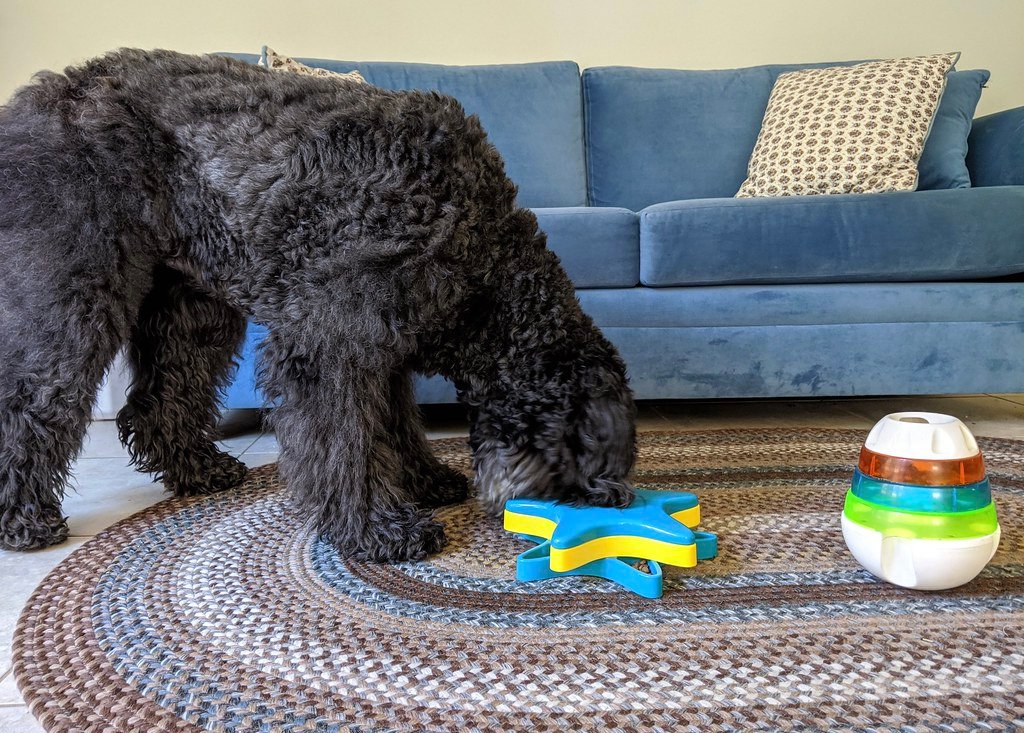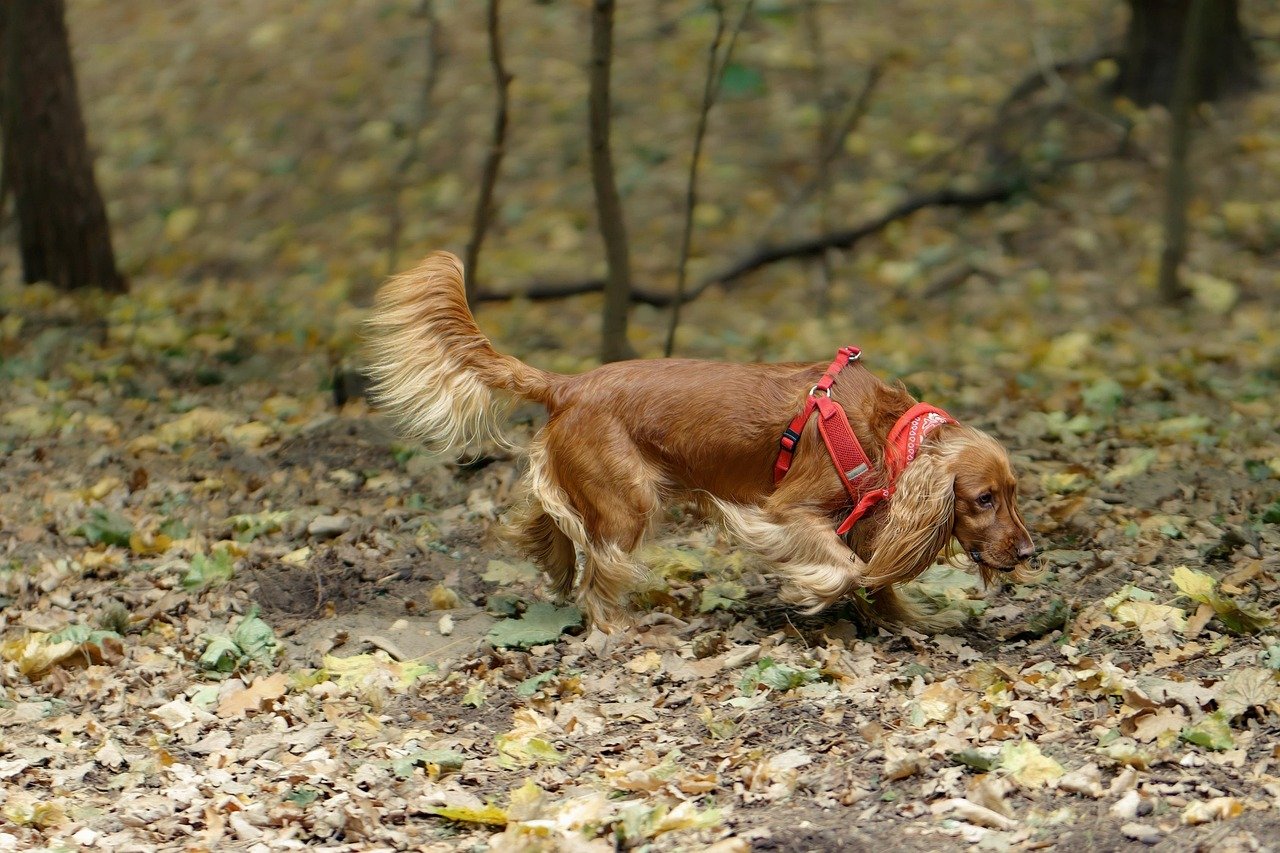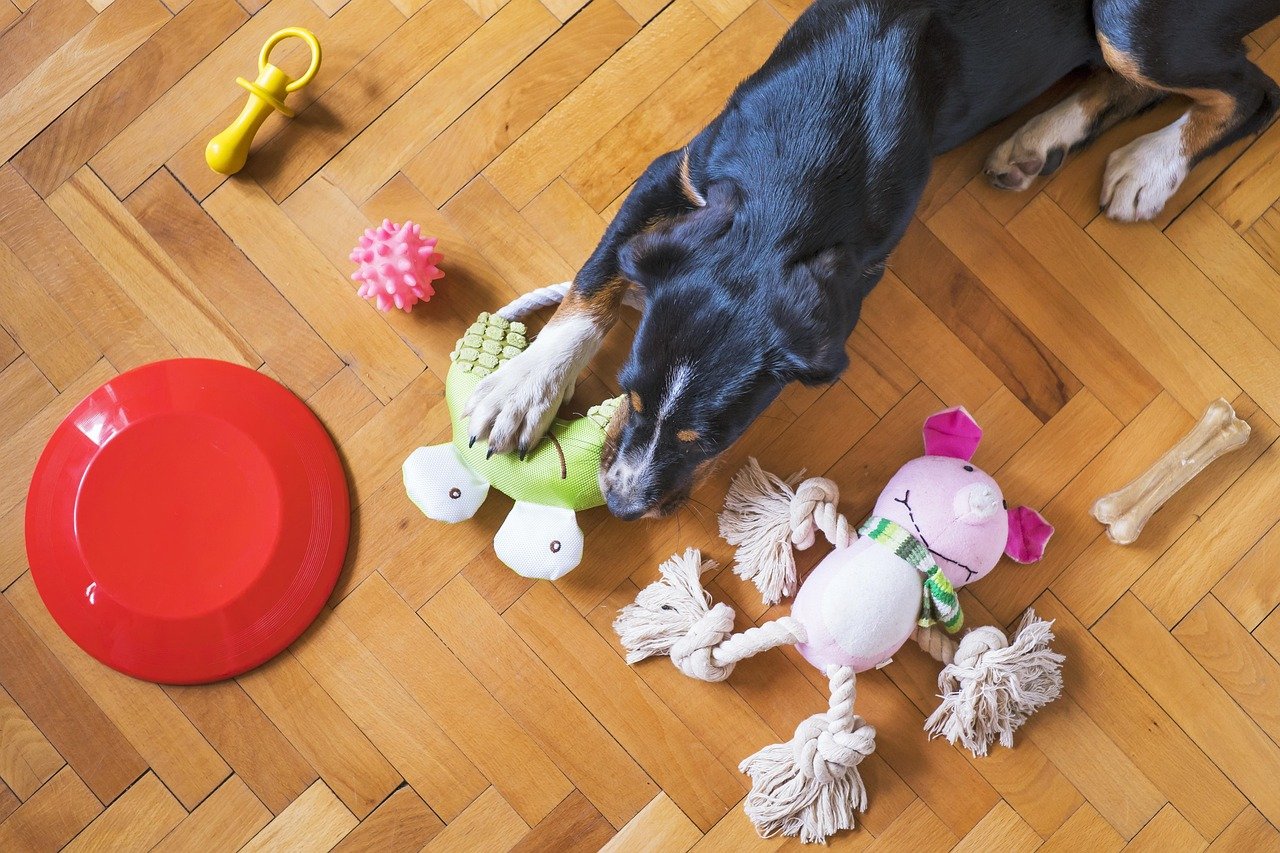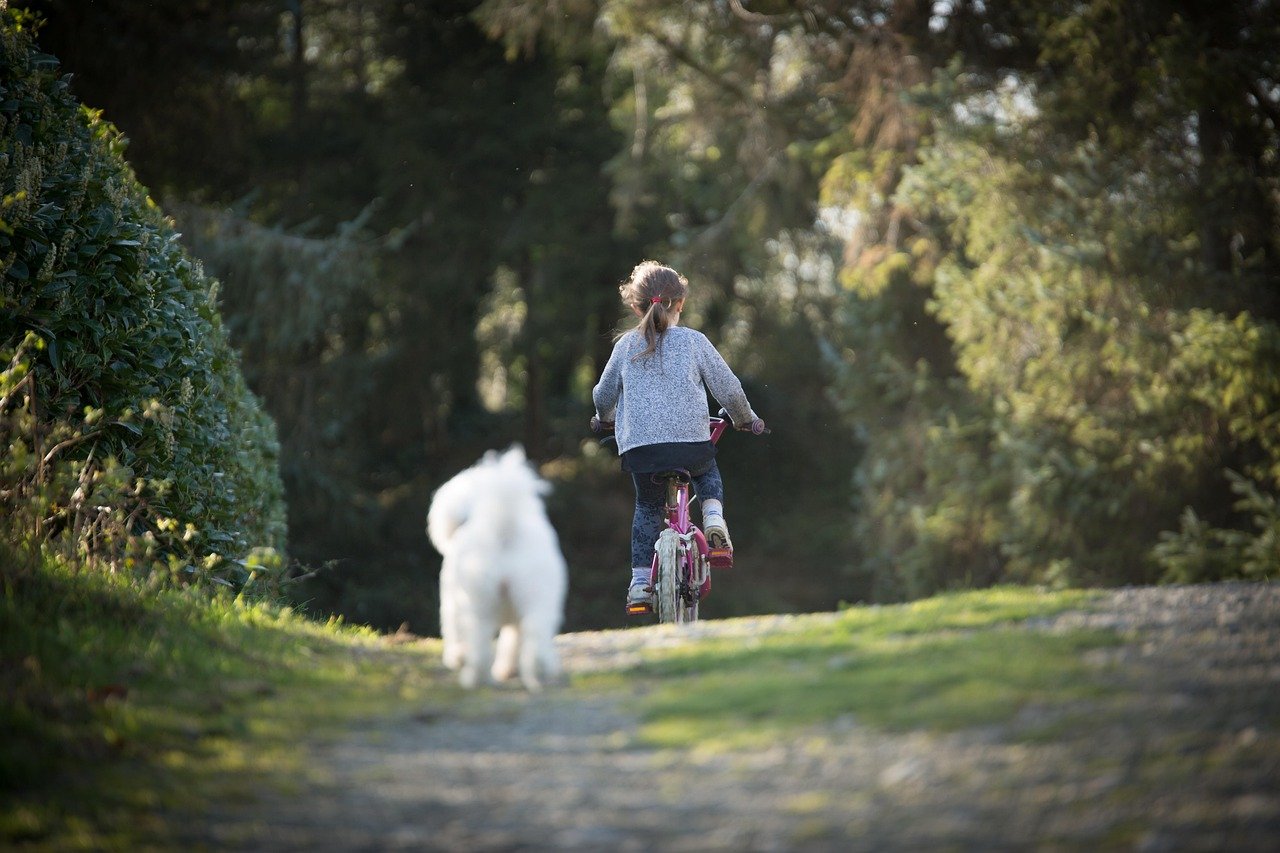Picture this: you walk through your front door after a long day, only to discover your favorite shoes turned into confetti, the couch cushions resembling snowfall, and your furry friend wagging their tail as if they’ve just accomplished something magnificent. If this scenario sounds familiar, you’re dealing with a classic case of canine boredom. But here’s the exciting part – transforming a bored, destructive pup into a content, well-behaved companion is entirely achievable with the right approach.
Dogs aren’t just pets lounging around waiting for our return. They’re intelligent, social beings with complex emotional needs that extend far beyond food and shelter. When these needs aren’t met, our four-legged friends find creative ways to entertain themselves, often in ways that leave us exasperated and reaching for the vacuum cleaner.
Recognizing the Red Flags of Boredom

Your dog’s behavior speaks volumes about their mental state, but sometimes we miss the obvious signs screaming for attention. When left to their own devices, bored dogs will chew furniture and shoes, shred pillows, or even unroll your toilet paper, doing whatever they can find to pass the time.
The destruction doesn’t stop there. A bored dog might sleep more than usual, have diminished enthusiasm for toys or food, or do naughty things like chew the baseboards. It’s like having a teenager who’s simultaneously restless and lethargic, seeking stimulation in all the wrong places. Typical signs of boredom start with restlessness, such as pacing, jumping on and off furniture, or watching you constantly for signs that you may want to play or go for a walk. This restlessness can eventually become hyperactivity, with your dog struggling to settle down, zooming around the house, jumping on you, or relentlessly “running the fence” of your yard.
Understanding Why Dogs Get Bored

Dogs, like people, need mental and physical stimulation. This is true in varying degrees for the smartest dog breeds, the most independent dog breeds, and the most low-maintenance dog breeds, but it’s particularly an issue for dogs like German Shepherds, Border Collies, and Labrador Retrievers, for whom working, herding, and sporting is part of their DNA.
Think about it from your dog’s perspective: they’re intelligent creatures designed to solve problems, hunt, herd, and work alongside humans. Yet most modern dogs spend their days in comfortable but unstimulating environments. Most domesticated dog breeds were bred to perform a job or a function. Border collies were herding, labradors assisted fishermen to bring in the catch and terriers assisted in hunting. However, in today’s world, most of them are deprived of these jobs although they still retain the ability, instinct and intelligence for it. It’s no wonder they create their own entertainment when we’re not providing adequate outlets for their natural drives.
The Power of Physical Exercise

It’s true that a tired dog is more likely to nap than get into trouble while you’re out. So, make sure you’re giving your dog enough physical exercise. But here’s the catch – not all exercise is created equal. A leisurely stroll around the block might be pleasant, but it won’t challenge your dog’s body or mind enough to create that satisfying exhaustion.
Releasing energy can help reduce boredom and encourage relaxation—one good reason why it’s important to make sure your dog gets the right amount of exercise for their breed, age, size, and health. A few ideas for increasing your dog’s physical exercise include taking longer walks or engaging in more active play like tug-of-war and fetch. Consider activities that engage their natural instincts, like chase games that tap into their prey drive or swimming sessions that provide full-body workouts. The goal is to tire them out completely, not just give them a gentle warm-up.
Mental Stimulation: The Game Changer

Here’s where things get really interesting. Mental stimulation is just as important for dogs as physical exercise. Mental exercises can actually make dogs even more tired than physical exercise. Think of mental enrichment as CrossFit for your dog’s brain – it’s intensive, engaging, and leaves them beautifully exhausted.
Enrichment enables dogs to explore and use their natural instincts. Enrichment activities can prevent boredom, build confidence, and teach a variety of skills such as problem-solving, searching and agility. It allows them to sniff and chew appropriately. The beauty of mental stimulation lies in its accessibility – you don’t need a huge backyard or expensive equipment to challenge your dog’s mind effectively.
Food-Based Entertainment Solutions

Mealtime doesn’t have to be a thirty-second inhaling contest. Alleviating dog boredom can be as simple as changing your feeding routine—make it a task instead of a given. “Humans can avoid feeding dogs out of a bowl, which is quick and routine,” Talley says. “They can use puzzles to give dry diet…hide diet under bowls and around the kitchen, or hide treats in the yard to have the dog use their nose, brain, and body to get the rewards.”
Food puzzles transform ordinary meals into engaging challenges. It’s great to give your dog comfort and squeaky toys but consider adding some puzzle toys to the toy box too. There are stuffed puzzle toys with hidden squeaky bits, lift-the-flap toys that hide treats, and balls your dog must roll around to get at the treats you’ve placed inside. You can even create DIY puzzle feeders using household items like muffin tins with tennis balls covering the food or cardboard boxes filled with crumpled paper hiding treats throughout.
The Art of Scent Work

Our pets’ sense of smell is far superior to our own. Sniffing is a natural behavior and opportunities to sniff are enriching and stimulate the mind. The sniffing mat activity promotes calm and relaxation while fulfilling an instinctual behavior. Your dog’s nose is their superpower, capable of detecting scents we can’t even imagine.
Scent games are incredibly simple to implement yet profoundly satisfying for dogs. Scent games where you hide dog treats or dog toys around the house are also fun boredom busters. Start with easy hiding spots and gradually increase the difficulty. Watch your dog’s confidence soar as they successfully locate hidden treasures using nothing but their incredible olfactory abilities. Scent games are mentally tiring for dogs and stimulate their brain in a way that physical exercise does not.
Training as Entertainment

Sign up for a dog training class. There are so many types of classes that go beyond the basics. Consider AKC Rally, agility, or trick classes. The weekly meetings will not only hone your training skills, but you and your dog will get valuable socialization too. Training isn’t just about obedience – it’s about mental gymnastics that challenge your dog’s problem-solving abilities.
The magic happens when training becomes a game rather than a chore. Obedience Training: Training your dog isn’t just about good manners; it’s a fantastic mental workout too. Learning new commands keeps their minds sharp and strengthens the bond between you and your furry companion. Teach them fun tricks like “spin,” “play dead,” or even more complex sequences that require them to remember multiple steps. Each successful completion releases dopamine, making them eager for the next challenge.
Socialization: The Social Butterfly Effect

“Socialization is one of the most important aspects of training,” Coodin explains, and it’s also key to keeping boredom at bay. “It can help them interact a lot more with their general outside world and be more entertained,” she says. Dogs are inherently social creatures who thrive on interaction with both humans and other dogs.
Regular playdates, dog park visits, or even casual encounters during walks provide mental stimulation that goes beyond physical exercise. If your dog is comfortable with other dogs, then try to make some doggy friends that you can schedule regular playtime with. A friend can create a sense of competition during playtime that encourages even lazy dogs to run around and act a little goofy. The unpredictability of social interaction keeps dogs mentally engaged and emotionally satisfied.
Environmental Enrichment at Home

Your home environment plays a crucial role in your dog’s mental well-being. An enriching environment can help keep your dog mentally engaged at home. Rotate interactive toys: Swap out puzzle feeders, snuffle mats, and frozen treat-stuffed Kongs to keep playtime fresh and stimulating. Provide visual stimulation: Set up a cozy window spot. Add a bird feeder or turn on dog-friendly TV for extra entertainment. Create scent scavenger hunts: Hide treats or kibble in boxes, under towels, or around the house to tap into your dog’s natural foraging instincts.
Think of your home as an adventure park waiting to be discovered. Rotate toys regularly to maintain novelty, create climbing opportunities with safe furniture arrangements, and establish different zones for various activities. Whatever toys you give your dog, be sure to rotate them frequently so your dog stays interested. The key is variety and unpredictability that keeps your dog guessing what exciting discovery awaits them next.
Creating Daily Enrichment Routines

Consistency is key when addressing canine boredom. Enrichment should be provided daily and can be used throughout the day. If your pup gets over excited, you can get out the snuffle mat. Alternatively, if you want to keep them occupied while you are having dinner, give your dog an enrichment toy with some of their food inside. The goal is to weave mental challenges seamlessly throughout your dog’s day.
Morning puzzle feeding can replace traditional breakfast bowls, afternoon training sessions can break up long periods alone, and evening scent games can help them wind down. Mental enrichment activities could be a way to bridge the mismatch in energy levels. Figuring out a routine that works for both of you is a good idea for the long term. Remember, even ten minutes of focused mental activity can have lasting effects on your dog’s contentment levels.
Conclusion

Transforming a bored dog into a happy companion isn’t about expensive gadgets or complicated schedules – it’s about understanding and meeting their fundamental need for mental and physical engagement. Every destroyed shoe, every torn cushion, every attention-seeking bark is simply your dog’s way of saying they’re ready for more meaningful interaction with their world.
The journey from destructive boredom to satisfying engagement requires patience, creativity, and consistency, but the rewards extend far beyond a intact living room. You’ll discover a more confident, calm, and connected companion who sees you not just as a provider, but as a partner in their daily adventures.
When you watch your dog successfully solve a puzzle, master a new trick, or return from a enriching walk with that satisfied, tired expression, you’ll realize you haven’t just eliminated problem behaviors – you’ve unlocked their potential for genuine happiness. Isn’t it amazing how something as simple as mental stimulation can transform both your dog’s life and your relationship with them?

Andrew Alpin from India is the Brand Manager of Doggo digest. Andrew is an experienced content specialist and social media manager with a passion for writing. His forte includes health and wellness, Travel, Animals, and Nature. A nature nomad, Andrew is obsessed with mountains and loves high-altitude trekking. He has been on several Himalayan treks in India including the Everest Base Camp in Nepal.





